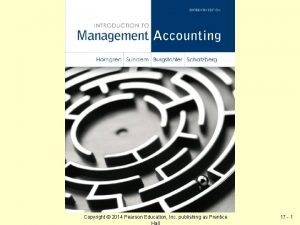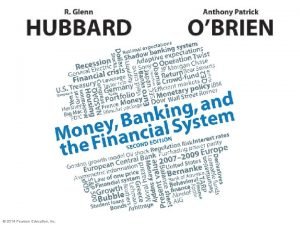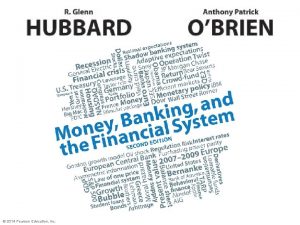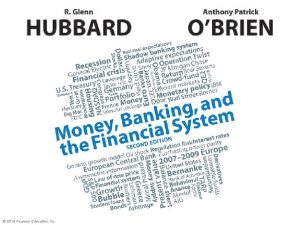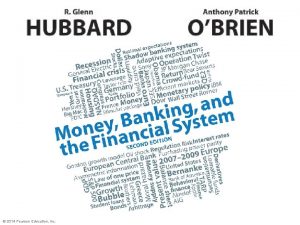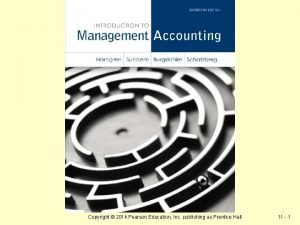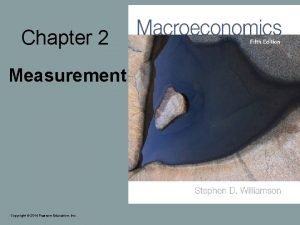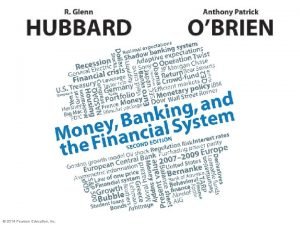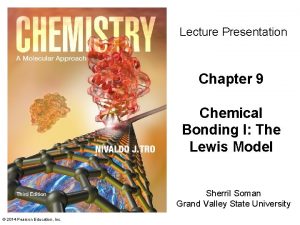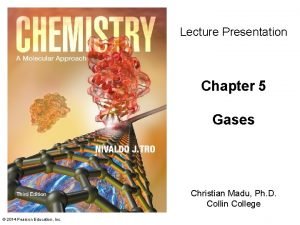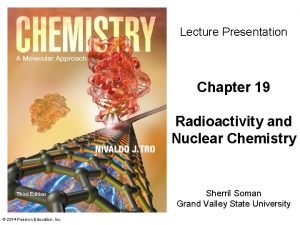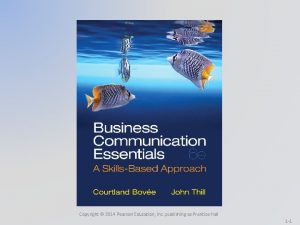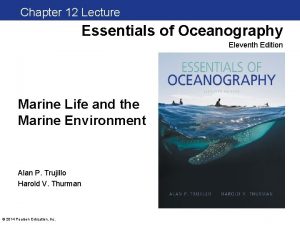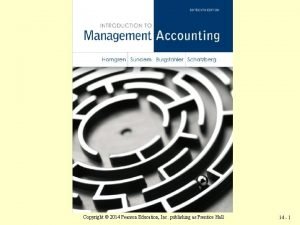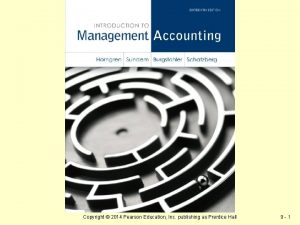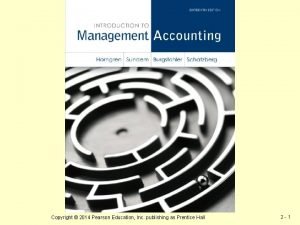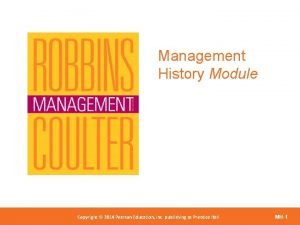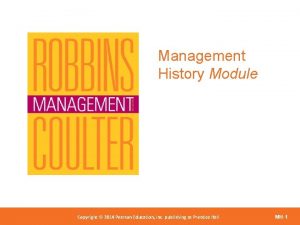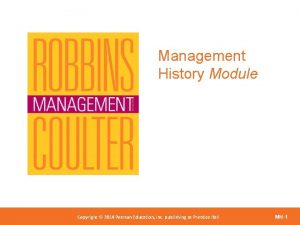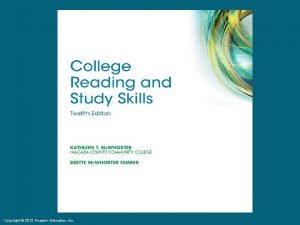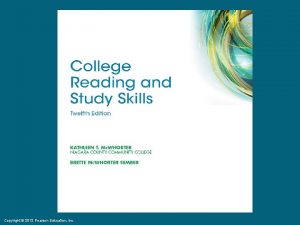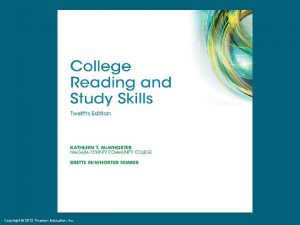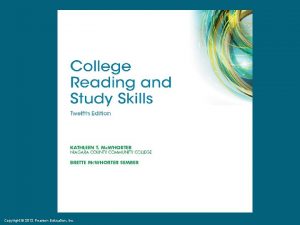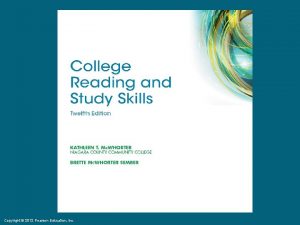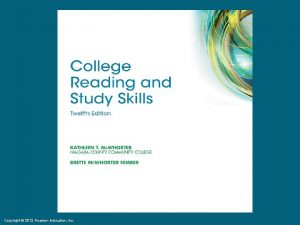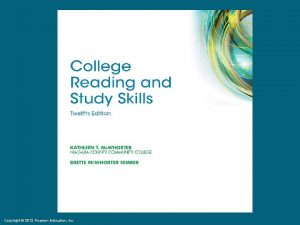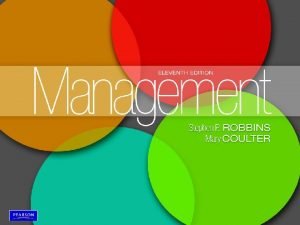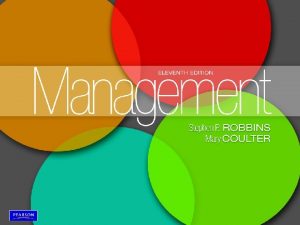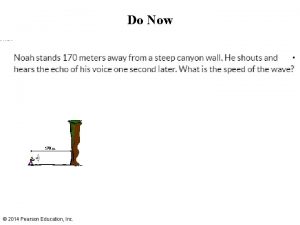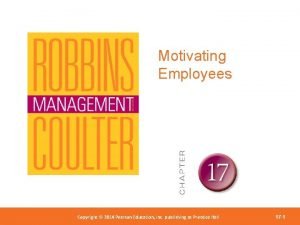MANAGEMENT HISTORY MODULE Copyright 2014 2016 Pearson Education



























- Slides: 27

MANAGEMENT HISTORY MODULE Copyright © © 2014 2016 Pearson Education, Ltd. 1 a-1 1 a - 1

The construction of a single pyramid occupied more than 100, 000 workers for 20 years. Who told each worker what to do? Who ensured that there would be enough stones at the site to keep workers busy? https: //www. youtube. com/watch? v=f. F_Yv. Y 7 jfi. E Copyright © 2014 Pearson Education, Ltd Copyright © 2012 Pearson Education, Inc. Publishing as Prentice Hall

EXHIBIT MH-1 MAJOR APPROACHES TO MANAGEMENT Copyright © © 2014 2016 Pearson Education, Ltd. 1 a-3

EARLY MANAGEMENT • Adam Smith The Wealth of Nations in 1776 – Division of labor (job specialization) – the breakdown of jobs into narrow and repetitive tasks. (48, 000 pins a day by 10 persons if division of labor exist other wise 10 pins a day if each worked alone. ) • Industrial Revolution – Substituted machine power for human labor – Created large organizations in need of management Copyright © © 2014 2016 Pearson Education, Ltd. 1 a-4

CLASSICAL APPROACH • Classical approach – first studies of management, which emphasized rationality and making organizations and workers as efficient as possible. Copyright © © 2014 2016 Pearson Education, Ltd. 1 a-5

SCIENTIFIC MANAGEMENT • Fredrick Winslow Taylor – The “father” of scientific management • Scientific management – an approach that involves using the scientific method to find the “one best way” for a job to be done. Copyright © © 2014 2016 Pearson Education, Ltd. 1 a-6

EXHIBIT MH-2 TAYLOR’S SCIENTIFIC MANAGEMENT PRINCIPLES Copyright © © 2014 2016 Pearson Education, Ltd. 1 a-7

GENERAL ADMINISTRATIVE THEORY • General administrative theory – an approach to management that focuses on describing what managers do and what constitutes good management practice. Copyright © © 2014 2016 Pearson Education, Ltd. 1 a-8

HENRI FAYOL • Principles of management – Fundamental rules of management that could be applied in all organizational situations and taught in schools. Copyright © © 2014 2016 Pearson Education, Ltd. 1 a-9

EXHIBIT MH-3 FAYOL’S 14 PRINCIPLES OF MANAGEMENT Copyright © © 2014 2016 Pearson Education, Ltd. 1 a-10

EXHIBIT MH-3 FAYOL’S 14 PRINCIPLES OF MANAGEMENT (CONT. ) Copyright © © 2014 2016 Pearson Education, Ltd. 1 a-11

GENERAL ADMINISTRATIVE THEORY Max Weyber developed a theory of authority structures and relations called Bureaucracy a form of organization characterized by division of labor, a clearly defined hierarchy, detailed rules and regulations, and impersonal relationships. Copyright © © 2014 2016 Pearson Education, Ltd. 1 a-12

BEHAVIORAL APPROACH • Organizational behavior (OB) – the study of the actions of people at work. • Early OB Advocates – Robert Owen – Hugo Munsterberg – Mary Parker Follett – Chester Barnard Copyright © © 2014 2016 Pearson Education, Ltd. 1 a-13

THE HAWTHORNE STUDIES • Hawthorne Studies – a series of studies during the 1920 s and 1930 s that provided new insights into individual and group behavior. Copyright © © 2014 2016 Pearson Education, Ltd. 1 a-14

THE QUANTITATIVE APPROACH • Quantitative approach – the use of quantitative techniques to improve decision making. Copyright © © 2014 2016 Pearson Education, Ltd. 1 a-15

TOTAL QUALITY MANAGEMENT (TQM) • Total quality management (TQM) – a philosophy of management that is driven by continuous improvement and responsiveness to customer needs and expectations. Copyright © © 2014 2016 Pearson Education, Ltd. 1 a-16 1 a - 16

EXHIBIT MH-6 WHAT IS QUALITY MANAGEMENT? Copyright © © 2014 2016 Pearson Education, Ltd. 1 a-17

CONTEMPORARY APPROACHES • System – a set of interrelated and interdependent parts arranged in a manner that produces a unified whole. • Closed system – systems that are not influenced by and do not interact with their environment. • Open system – systems that interact with their environment. Copyright © © 2014 2016 Pearson Education, Ltd. 1 a-18

EXHIBIT MH-7 ORGANIZATION AS AN OPEN SYSTEM Copyright © © 2014 2016 Pearson Education, Ltd. 1 a-19

THE CONTINGENCY APPROACH • Contingency approach – a management approach that recognizes organizations as different from each other, which means they face different situations (contingencies) and require different ways of managing. Copyright © © 2014 2016 Pearson Education, Ltd. 1 a-20

EXHIBIT MH-8 POPULAR CONTINGENCY VARIABLES Copyright © © 2014 2016 Pearson Education, Ltd. 1 a-21

REVIEW LEARNING OBJECTIVE MH-1 • Describe some early management examples. – Early examples of management practice in the construction of the Egyptian pyramids. – Adam Smith’s Wealth of Nations argued the benefits of division of labor. – In the industrial revolution where it became more economical to manufacture in factories than at home. Copyright © © 2014 2016 Pearson Education, Ltd. 1 a-22

REVIEW LEARNING OBJECTIVE MH-2 • Explain the various theories in the classical approach. – Frederick W. Taylor studied manual work using scientific principles. – The Gilbreths’ studied efficient hand-body motions. – Fayol believed the functions of management were common to all business endeavors. Copyright © © 2014 2016 Pearson Education, Ltd. 1 a-23

REVIEW LEARNING OBJECTIVE MH-2 (CONT. ) • Fayol developed 14 principles of management. • Weber described an ideal type of organization he called a bureaucracy. Copyright © © 2014 2016 Pearson Education, Ltd. 1 a-24

REVIEW LEARNING OBJECTIVE MH-3 • Discuss the development and uses of the behavioral approach. – Early OB advocates believed that people were the most important asset of the organization and should be managed accordingly. – The Hawthorne Studies dramatically affected management beliefs about the role of people in organizations. Copyright © © 2014 2016 Pearson Education, Ltd. 1 a-25

REVIEW LEARNING OBJECTIVE MH-4 • Describe the quantitative approach. – The quantitative approach involves applications of statistics, optimization models, information models, and computer simulations to management activities. – Total quality management—a management philosophy devoted to continual improvement and responding to customer needs and expectations— also makes use of quantitative methods to meet its goals. Copyright © © 2014 2016 Pearson Education, Ltd. 1 a-26

REVIEW LEARNING OBJECTIVE MH-5 • Explain the various theories in the contemporary approach. – The systems approach says that an organization takes in inputs (resources) from the environment and transforms them into outputs that are distributed into the environment. – The contingency approach says that organizations are different, face different situations, and require different ways of managing. Copyright © © 2014 2016 Pearson Education, Ltd. 1 a-27
 Copyright 2014 pearson education inc
Copyright 2014 pearson education inc 2014 pearson education inc
2014 pearson education inc 2014 pearson education inc
2014 pearson education inc 2014 pearson education inc
2014 pearson education inc 2014 pearson education inc
2014 pearson education inc 2014 pearson education inc
2014 pearson education inc 2014 pearson education inc
2014 pearson education inc Water cycle pearson education
Water cycle pearson education 2014 pearson education inc
2014 pearson education inc 2014 pearson education inc
2014 pearson education inc 2014 pearson education inc
2014 pearson education inc 2014 pearson education inc
2014 pearson education inc 2014 pearson education inc
2014 pearson education inc 2014 pearson education inc
2014 pearson education inc 2014 pearson education inc
2014 pearson education inc 2014 pearson education inc
2014 pearson education inc 2014 pearson education inc
2014 pearson education inc 2014 pearson education inc
2014 pearson education inc 2014 pearson education inc
2014 pearson education inc 2014 pearson education inc
2014 pearson education inc Ricardian equivalence
Ricardian equivalence 2014 pearson education inc
2014 pearson education inc 2014 pearson education inc
2014 pearson education inc 2014 pearson education inc
2014 pearson education inc 2014 pearson education inc
2014 pearson education inc 2014 pearson education inc
2014 pearson education inc 2014 pearson education inc
2014 pearson education inc 2014 pearson education inc
2014 pearson education inc

